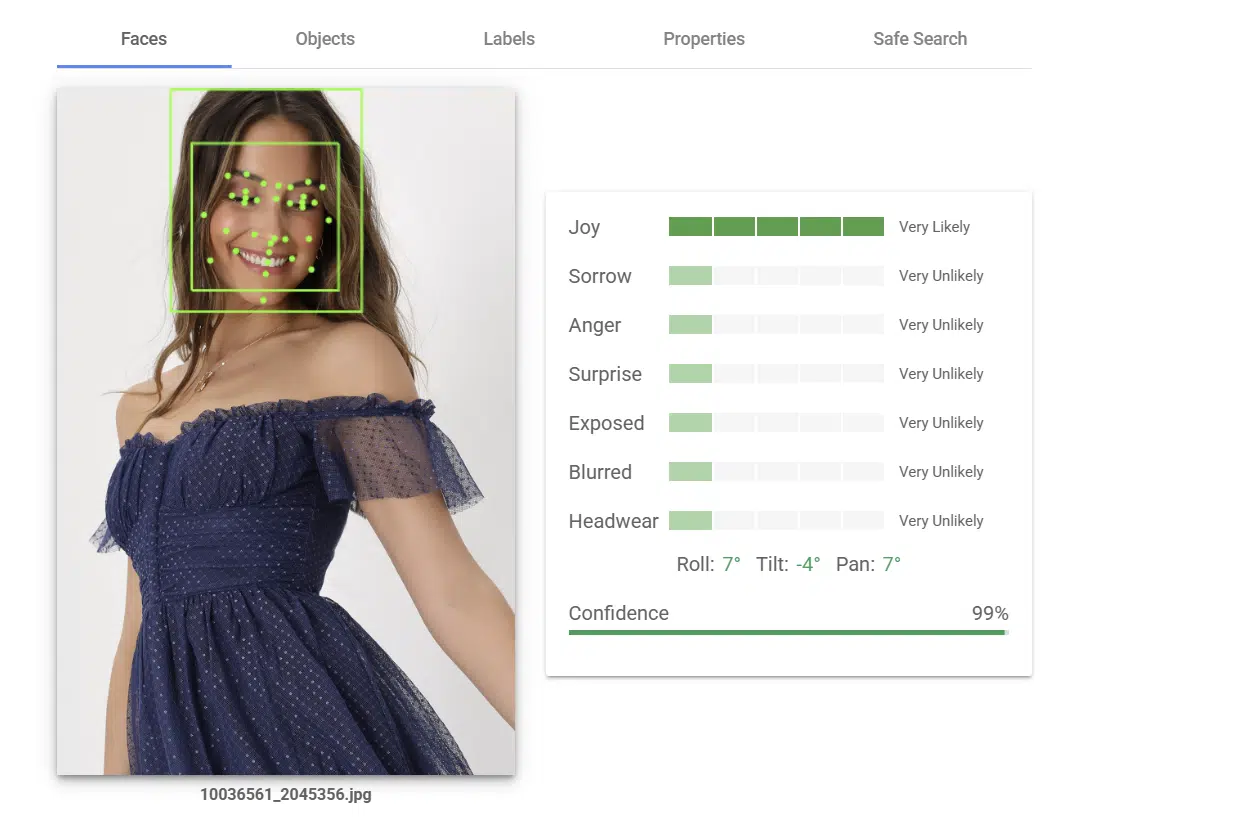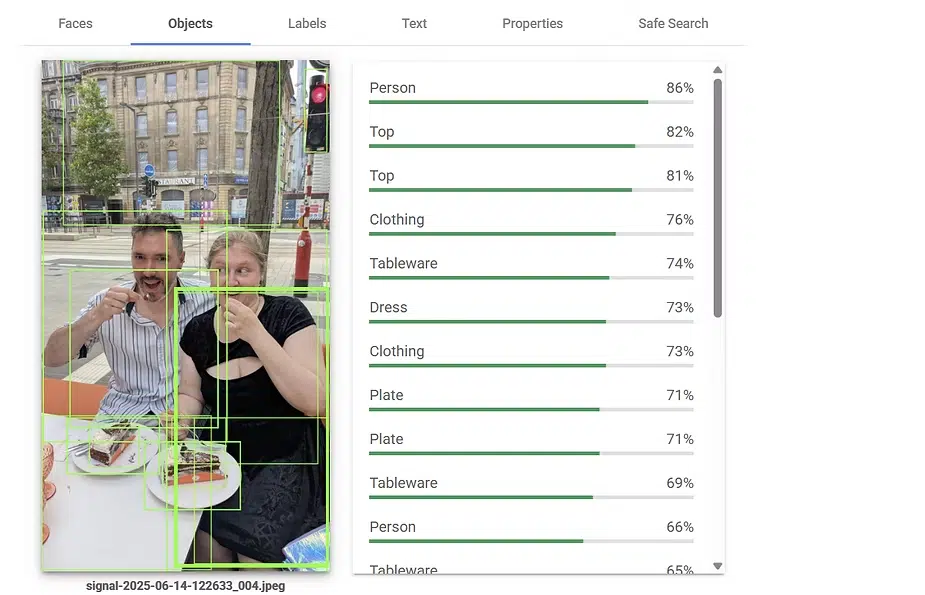Your brand, everywhere: Engineering discoverability in a multimodal world
Engineer a brand that’s machine-readable, contextually rich, and discoverable in every search modality.
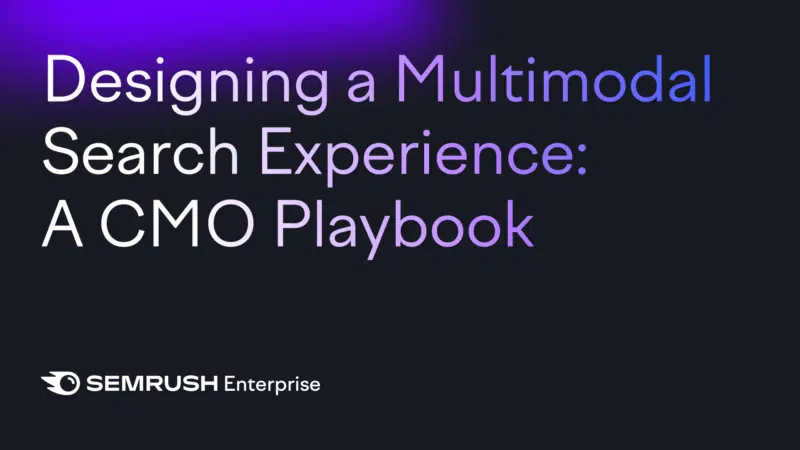
AI is now your silent brand manager.
Marketing leaders face a new imperative: engineer a brand identity that machines can read, context they can understand, and presence they can discover across every customer journey.
Your brand must maintain consistency across human and artificial intelligence ecosystems. This playbook distills the chaos into clear, actionable steps. Each section is a pragmatic directive.

1. Decode customer search behavior
Machine intelligence influences brand visibility across a wide range of customer touchpoints. Customers now search using images they snap, show their world via video while talking to interfaces like ChatGPT to find what they need. This shift affects every marketing leader, regardless of search expertise background.
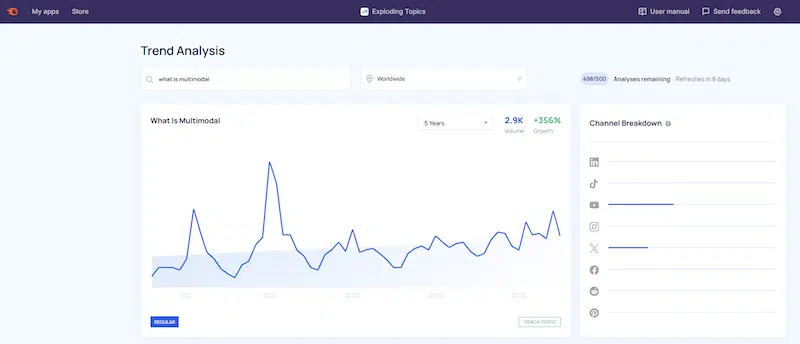
- Multi- = Multiple, many
- Modal = Modes or modalities (ways of doing something)
Multimodal search is a term describing systems like ChatGPT (and many other LLMs) that process multiple input types simultaneously.
TL;DR: text, images, voice, and video inputs processed together rather than separately.
This shift makes multimodal search strategy essential for all marketing leaders, regardless of background.
Understand how your audiences use images, text, and voice and video to search for things online. What combos matter most for your business?
From snapshots to solutions: How customers search today
Visual search is growing, according to Liz Reid, head of Google Search:
- “Lens queries are now one of the fastest growing query types on Search, and younger users (ages 18-24) are engaging most with Lens.”
While executives recognize the theoretical importance of visual search, understanding real-world customer patterns determines strategic resource allocation.
The following behavioral mapping demonstrates how customers integrate visual search into purchase decisions.
Key actions
- Identify modalities: Understand how your audience uses images, text, voice, and video to search. Do not wait for Google or ChatGPT to provide this data. Deploy targeted questionnaires to survey existing customers. Pull 100 recent support tickets or DMs. Sort by: Messages with attached photos and messages mentioning “I saw this on…”
- User journey mapping: Track how users start, switch, and end their journeys across modalities. For instance, a shopper might snap a photo of a product, ask a voice assistant for reviews, and then switch to text search for pricing.
- Presence audit: Assess where your brand appears (or doesn’t) across these journeys. Use analytics to spot gaps and opportunities for visibility in AI-curated results. Track LLM mentions across models.
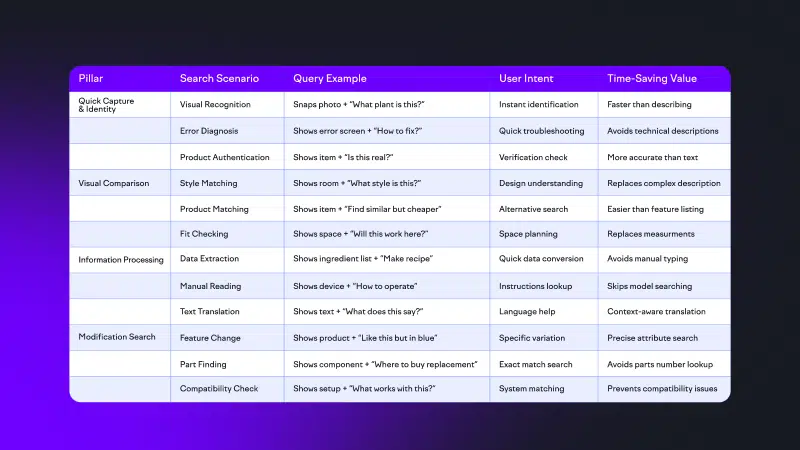
2. Products and packaging are now landing pages
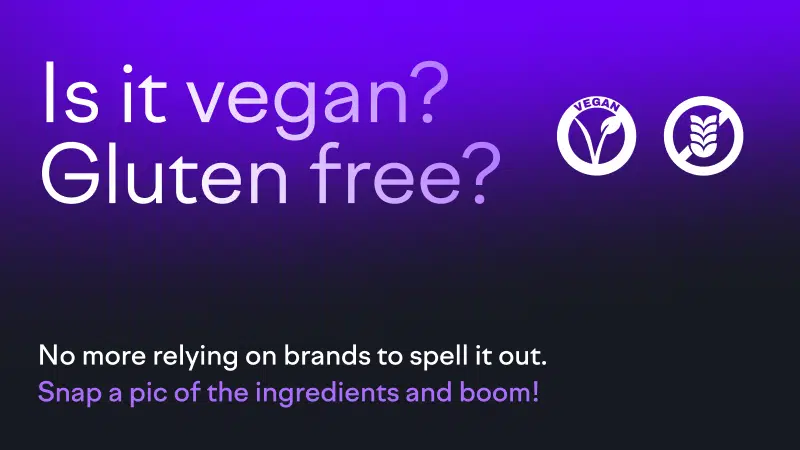
Packaging and products must be considered with an optimization mindset meant for the web.
Your product and packaging are your landing page. They need to be understandable and contextualizable by AI. If a machine can’t read it, you’re invisible at the crucial moment of consumer consideration.
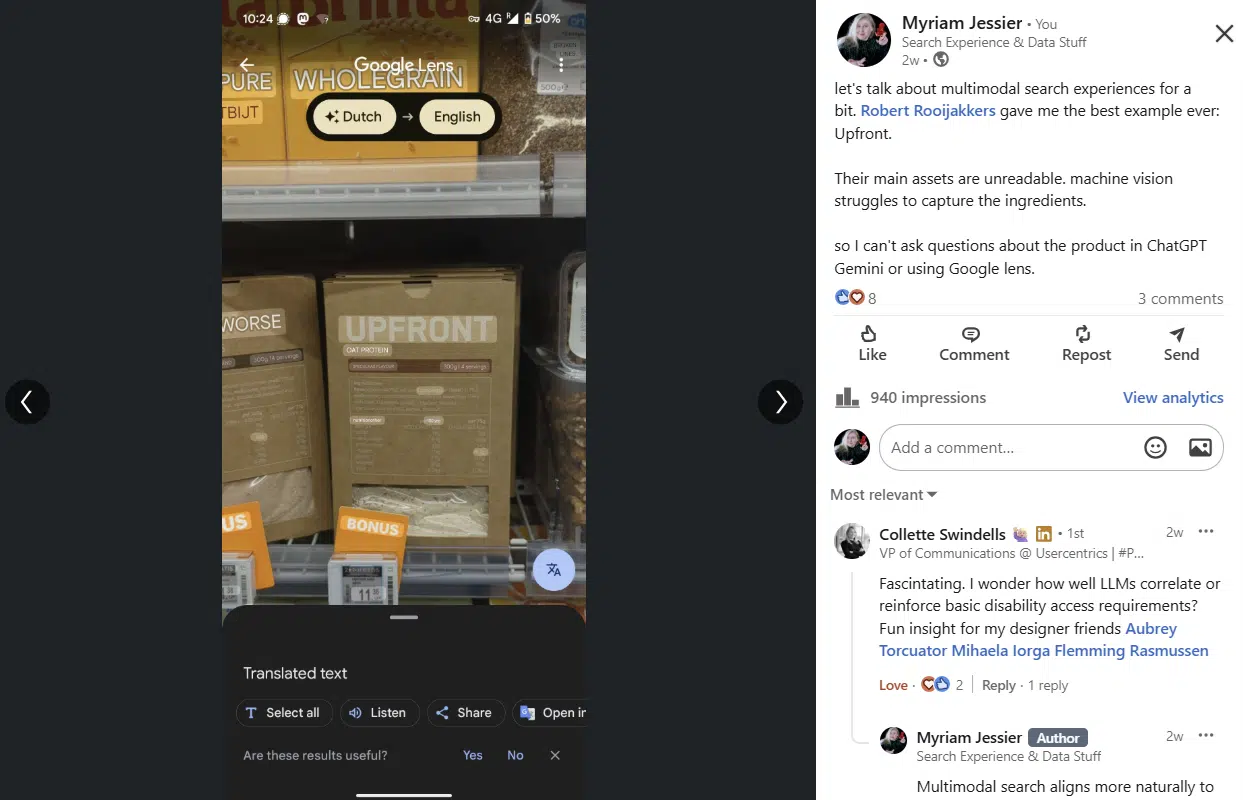
Tips to optimize your content for multimodal discovery
- Use clear, sans-serif fonts and high contrast between text and background on your packaging.
- Analyze where LLMs struggled to “read” or contextualize your packaging.
- A great practical test is to see how your color combination looks in grayscale.
- Make sure your content answers common queries and customer prompts.
3. Factor for sentiment
Create content that has the tone and emotional context for your intended audience. Establish a baseline for text, videos, and images.
What is the current emotional tone of your brand’s imagery? Does the emotional tone of your brand imagery match the intended feeling of the product?
4. Build a visual Knowledge Graph for your brand
A multimodal AI doesn’t just see your product; it sees your product and everything else you placed next to it. These adjacent objects help machines infer your price point, target customer, and their context.
Successful brands curate their image. If your product or service caters to a specific lifestyle, you must deliberately curate the visual knowledge graph of each photo or video your brand puts out.
5. Foster cross-functional team collaboration
Multimodal AI is not going anywhere. It is a trend that fosters new uses of technology and new customer behaviors.
As a marketing leader, your goal is to align marketing, SEO, content, design, and engineering teams around multimodal search goals. This involves establishing new workflows for asset creation, tagging, and QA.
Train teams in multimodal SEO and AI basics to ensure everyone “speaks the same language.”
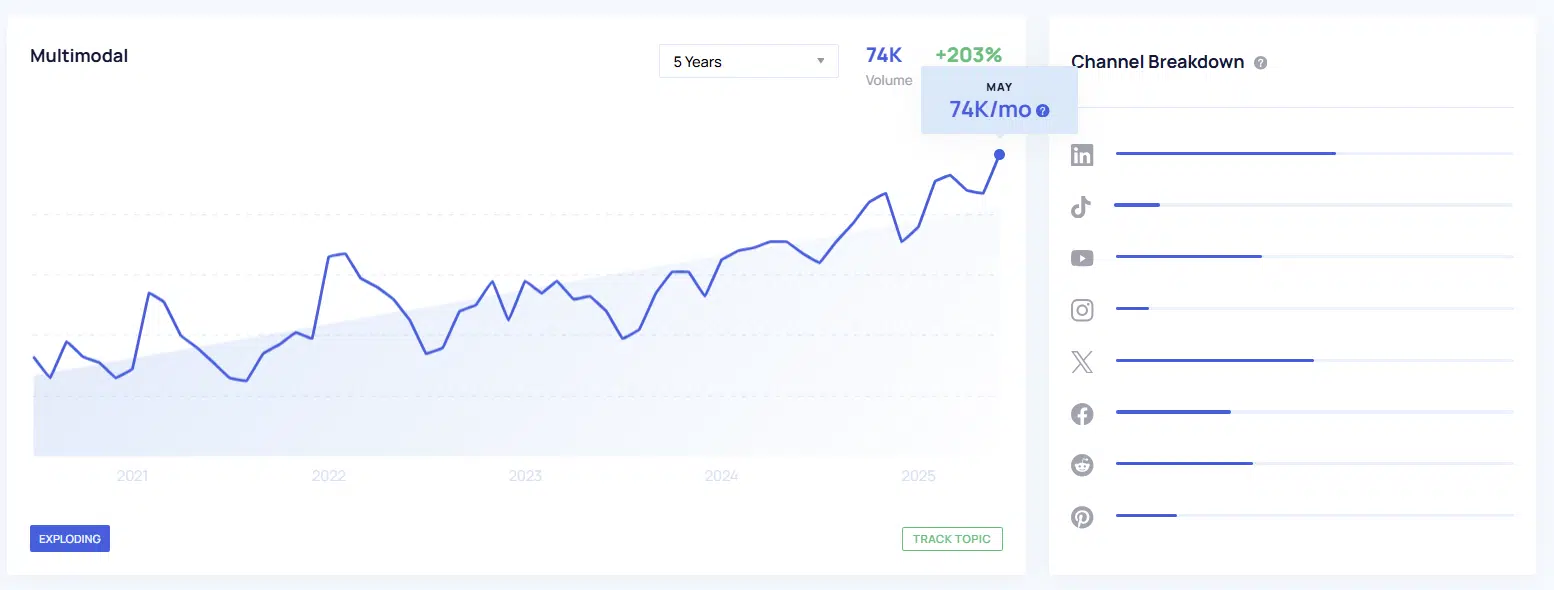
Next steps
- Define owns what: roles for content, SEO, design, and data teams.
- Training and upskilling: what every team needs to know about multimodal search.
- Workflow templates for asset creation, review, and optimization.
6. Track what matters: Measure, evaluate, and iterate
Define new success metrics using both quantitative and qualitative frameworks. Monitor search platforms, user behaviors and emerging trends.
Building a feedback loop between innovation and measurable business results is key.
Tangible next steps
- Track citations, not keywords. Monitor how often and where your brand is mentioned across LLM models to get a better view of your digital footprint.
- Analyze the tone and sentiment to understand audience perception, on social media but also within LLMs.
- Check credibility and contextual placement: break down where and how your brand is mentioned.
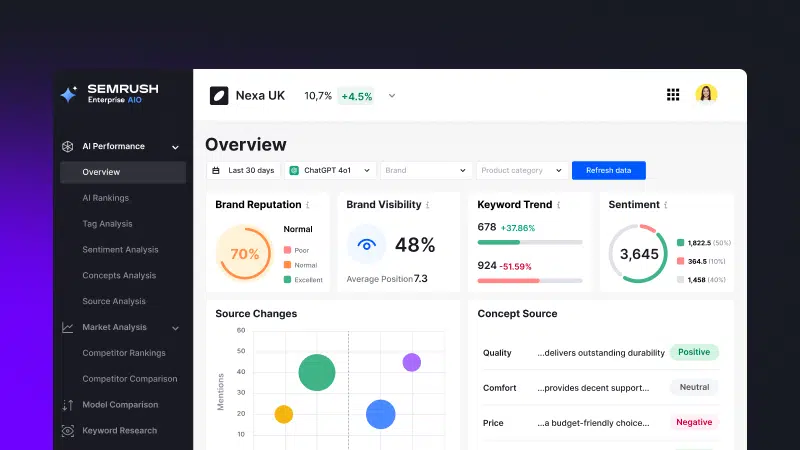
7. Stay trustworthy: Embed ethics, accessibility, and brand safety
When the AI can see why your information is reliable, it’s more likely to retrieve your content and use it in its synthesized answer.
AI doesn’t just accept multimodal inputs from the user; it actively seeks out and synthesizes multimodal content to build its answers.
Feed large language models proper brand fuel by ensuring all multimodal content is accessible (alt text, captions, subtitles, readable chunks), ethically sourced, and compliant with privacy and copyright standards.
The medium is the message
Marshall McLuhan famously said: “the medium is the message.” LLMs, as the medium, are shaping your brand narrative. AI is now a brand ambassador, like some Hollywood types or famous social media influencers.
When AI drives search, even the most recognizable brands must ensure their visibility aligns with their value.
In a world where users search via vision, images, voice, and text, and with what they experience around them in real time, brands that thrive will design every asset, process, and team around discoverability.
Author: Myriam Jessier, Technical Marketing Expert
Opinions expressed in this article are those of the sponsor. MarTech neither confirms nor disputes any of the conclusions presented above.
Related stories
